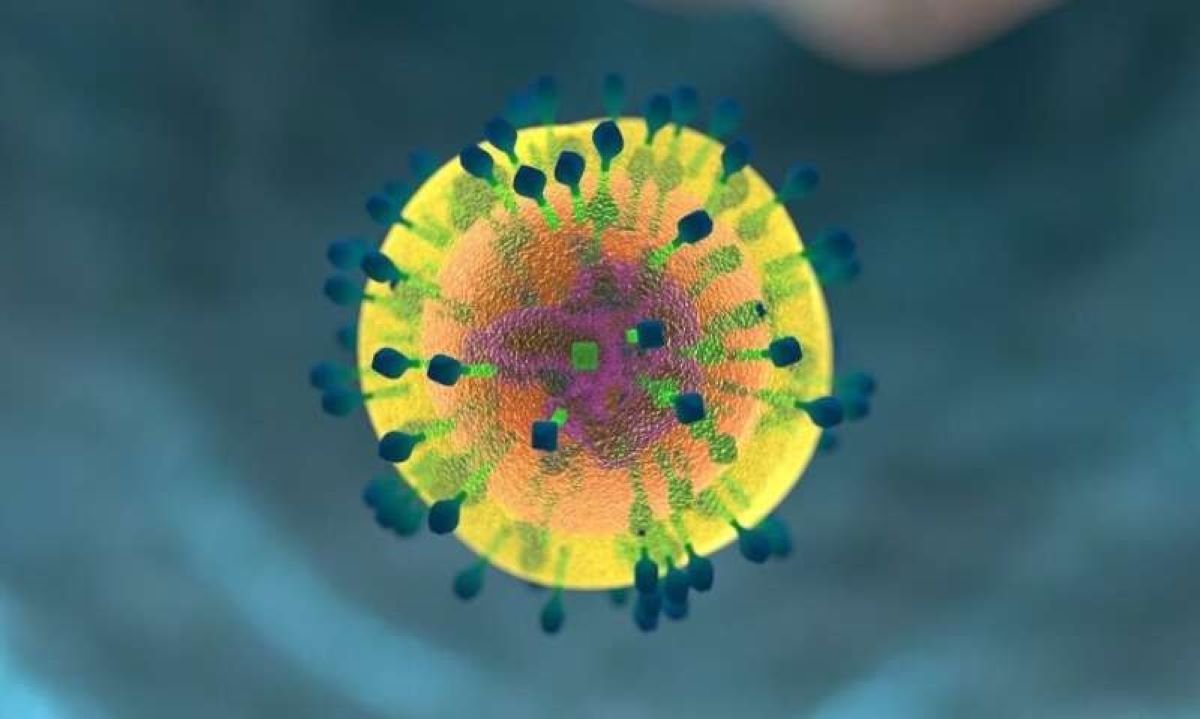A crucial mystery surrounding one of the most prevalent autoimmune diseases may have finally been unraveled.
Researchers from Northwestern Medicine and Brigham and Women’s Hospital have identified a potential root cause of lupus, a disease impacting hundreds of thousands in the U.S.
Previously, scientists suspected that lupus might stem from genetic predispositions or hormonal factors, potentially triggered by environmental elements like viral infections or chemical exposures.
Now, a study published in the journal Nature outlines a definitive pathway through which the disease likely develops, pinpointing abnormalities within the immune systems of lupus patients.
Dr. Deepak Rao, a rheumatologist at Brigham and Women’s Hospital and one of the study’s authors, explained, “What we found was this fundamental imbalance in the types of T cells that patients with lupus make.”
T cells, a type of white blood cell crucial to immune responses, were found to play a pivotal role. The study compared blood samples from 19 lupus patients to those from healthy individuals.
It revealed that lupus patients exhibit excessive levels of a specific type of T cell associated with damaging healthy cells, alongside insufficient levels of another type crucial for repair.
Central to this imbalance is a protein called interferon, essential for defending the body against pathogens. Lupus patients are known to produce excessive type I interferon, a phenomenon now linked in the study to several detrimental effects.
This inhibition suppresses the production of T cells that aid in healing skin, lung, and gut barriers.
Simultaneously, it stimulates the production of T cells involved in generating autoantibodies, which attack healthy cells—a hallmark of lupus.

Rao suggested this theory could apply broadly across lupus cases. “I think this is going to apply to essentially all patients with lupus,” he said.
However, other experts cautioned against the notion of a singular explanation for all instances of lupus.
Mara Lennard Richard from the Lupus Research Alliance acknowledged the research’s promise but noted the complexities in attributing lupus to a single cause.
Dr. Jill Buyon from NYU Langone Health stressed the need for broader testing to validate the theory across a larger patient sample.
Lupus affects over 200,000 people in the U.S., with symptoms ranging from fatigue and joint pain to severe complications like kidney or heart damage.
Current treatments often involve broadly suppressing the immune system, which can have mixed effectiveness and significant side effects.
The study offers hope for future treatments, potentially including drugs like anifrolumab, which blocks interferon and has shown promise in correcting the T-cell imbalance linked to lupus.
Dr. Jaehyuk Choi from Northwestern Medicine, another study author, highlighted the challenges ahead in developing targeted therapies that avoid unintended side effects.
Buyon emphasized the complexity of treating lupus, cautioning that no single drug is likely to provide a universal solution.
Despite these challenges, the study represents a significant step forward in understanding lupus and offers optimism for more effective treatments in the future.
